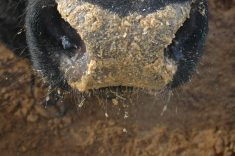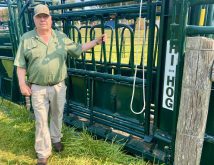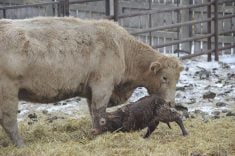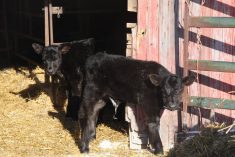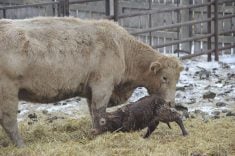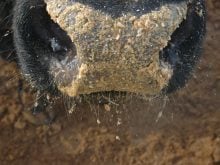Gestating cows need a healthy diet to maintain their body weight, produce good milk for their calves and prepare for the next breeding season.
“What you do now dramatically impacts next year’s calf crop,” said beef and forage specialist Barry Yaremcio of Alberta Agriculture.
“We are not feeding for this year’s calf and as long as the cows are not thin they generally produce a calf.”
However, a poor growing season in some regions with drought followed by rain has affected pastures and feed supplies this year. Hay was rained on and weathered rapidly. Consequently, poor feed affects the cow’s ability to produce enough high quality colostrum in the last four to six weeks before calving.
Read Also
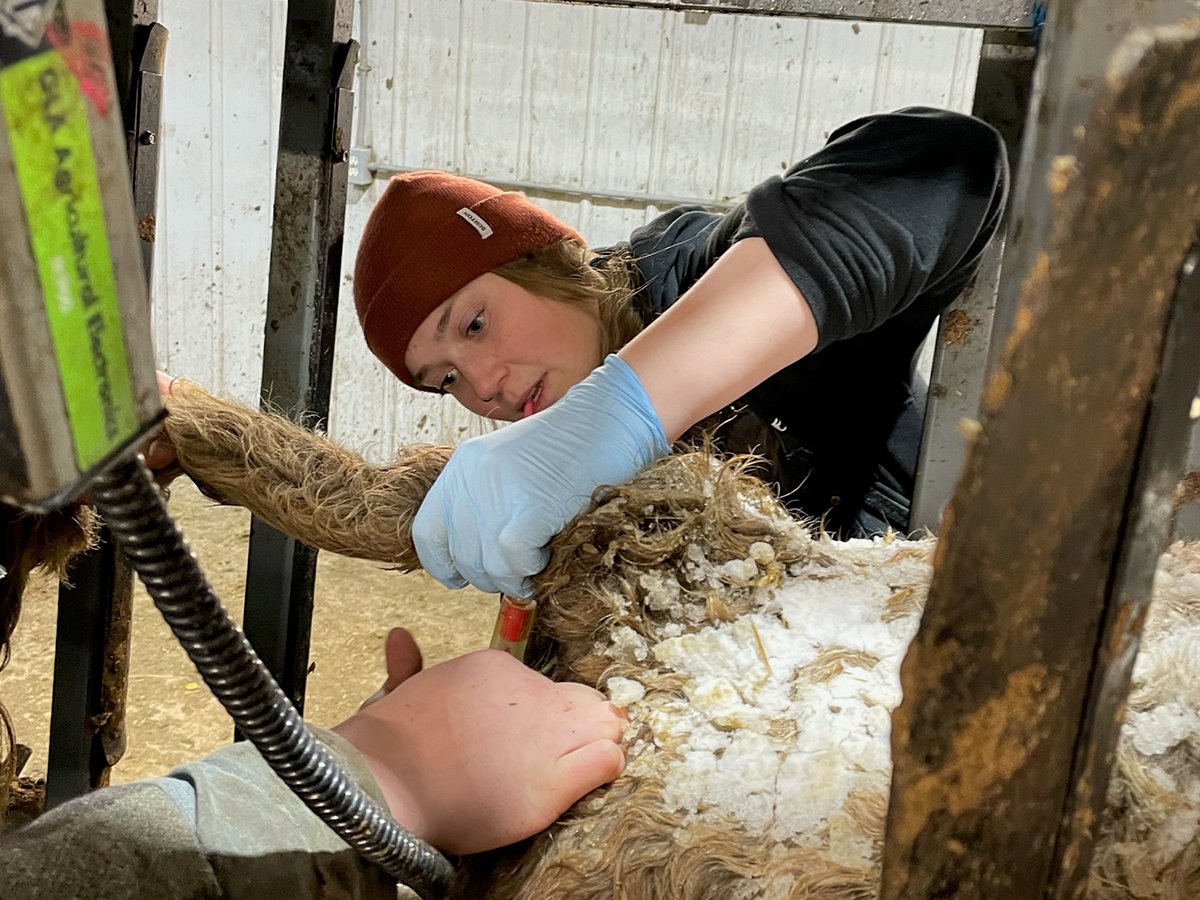
Pen riders better than tech at detecting respiratory disease in feedlot cattle, says researcher
Katrina Garneau’s recent research found that pen riders are better than technology at flagging signs of BRD in feedlot cattle.
Yaremcio advocates for feed testing. Colour does not indicate quality. The nutrient values of the hay are affected by growing conditions and soil fertility.
Forages must be matched to the type of cattle being fed. Use lower quality forage for dry cows in mid gestation and reserve better quality feed for late pregnancy, calving and lactation.
A pregnant cow can eat 20 to 25 percent straw if they get grain and hay. The ration also needs to be balanced for protein, energy, trace minerals and vitamins.
“This year with the weather damage we suspect there were no vitamins available,” said Yaremcio.
He recommended full supplementation of vitamins A and E. Colostrum is the only way to get vitamin E into a calf, which is critical for calf health for the first one to three weeks of life.
Vitamin D comes from sunlight but with this year’s cloudy conditions, cows may need that nutrient added to rations.
The production of immunoglobulins is necessary for disease protection in newborn calves but it may not be as good as other years.
Some cows may be going into the calving season in thin condition. They need to produce milk and recover for rebreeding. Thinner cows take longer to start cycling again after calving.
“For cows 200 pounds lighter at calving time, you can expect a longer period where the cow does not cycle,” Yaremcio said.
Cattle also need extra feed to stay warm, and thin cows suffer more.
When the weather turns cold cows can stay warm down to -20 C because heat is generated from digestion.
However, as the weather gets colder, they eat more. When temperatures hit – 30 C, producers should add two lb. of grain and if it goes to -40 C, they should add four lb. of grain.
If the weather stays cold for three weeks, cows could drop 100 lb. and thin cows struggle to keep warm. They may need six to seven lb. of grain to help them gain weight.
“When the cows lose their body fat, their insulation is gone,” Yaremcio said.
Protein content in forages must be adequate. This year’s forage crop may be low in protein and high in fibre.
If there is not enough protein available, the rumen microbes cannot reproduce efficiently to digest fibre. If the fibre is not digested efficiently, feed intake is reduced.
If cows are getting enough protein the manure patties appear flat, but if the manure is more pyramid-shaped, the cows are likely protein deficient.
Nutrient requirements for a lactating cow increases by 25 percent compared to a cow in late pregnancy.
Colostrum quantity and quality may be compromised if the cow was losing weight before calving. The calf may not be as healthy or get up as rapidly as expected in cold weather.
A cow with very little fat reserves will not be able to produce as much milk as one that is in good condition. The growth rate of the calf could also be slowed.
Help is available through extension specialists, nutritionists and veterinarians to make sure cows are getting enough to eat.
“If you are not sure what your cows are doing, have a neighbour over for coffee and have them look at the cows. You don’t see the gradual change, but a neighbour can give you an honest opinion if they are in good shape or thin,” Yaremcio said.




